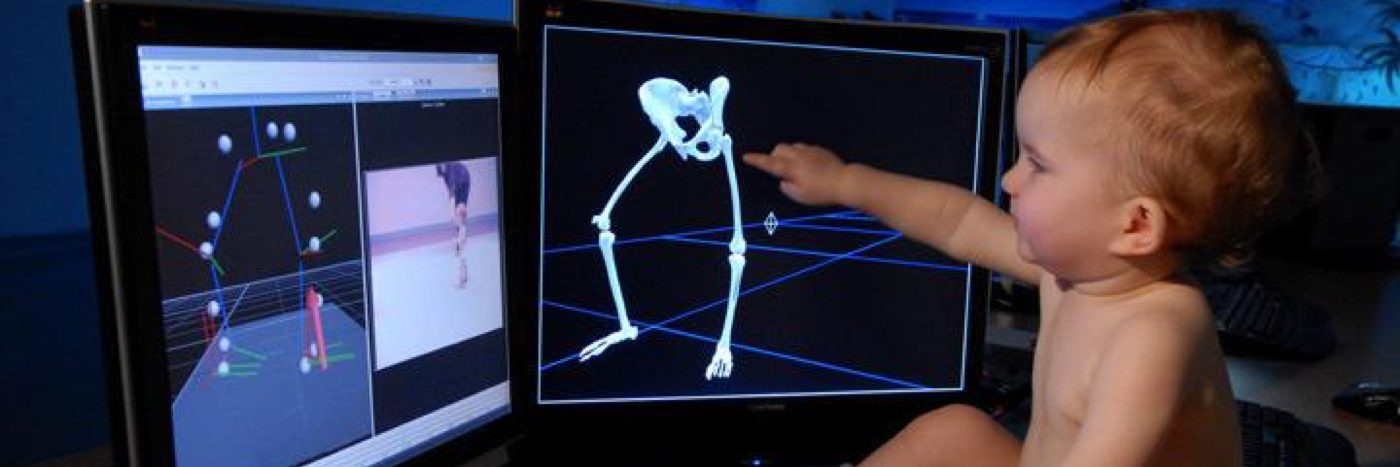Background: Lower limb rotational anomalies in spastic diplegic children with cerebral palsy (CP) are common and difficult to identify through physical examination alone. The identification and treatment of the overall rotational disorders must be considered in order to restore physiological lever-arms lengths and lever-arms orientation.
The aims of the study were to assess the prevalence of lower limb rotational malalignment and to describe the distribution of the different kinematic torsional profiles in children with spastic diplegia.
Methods: Instrumented gait analysis data from one hundred and eighty-eight children with spastic diplegia were retrospectively reviewed. None of the patients had undergone surgery previously or received botulinum toxin treatment within six months prior to the review. Kinematic data, collected at the midstance phase, included: pelvic, hip and ankle rotation and foot progression angle.
Results: The prevalence of kinematic rotational deviations was 98.4%. Sixty-one percent of the children walked with an internal foot progression angle and 21% exhibited external alignment. The pelvis was internally rotated in 41% of the cases and externally in another 27%. Hip rotation was internal in 29% and external in 27% of the cases. Ankle rotation was internal in 55% and external in 16% of the cases. Lower limb rotational anomalies involved more than one level in 77% of the limbs. A kinematic compensatory deviation was identified in at least one level in 48% of the limbs. Conclusions: Kinematic rotational anomalies were identified in nearly all the 188 children in the study. The multilevel involvement of lower limb malalignment was not systematically associated with compensatory mechanisms between the levels. Ankle rotational anomalies were the most frequent cause of lower limb torsional deviations followed by pelvic malalignment.
Level of evidence: level IV
- Démarrage des vidéos de formation - 17 avril 2024
- Colloque sur l’Analyse Fonctionnelle de la Marche - 20 février 2024
- Formation en dynamique des systèmes non-linéaires - 12 novembre 2020
